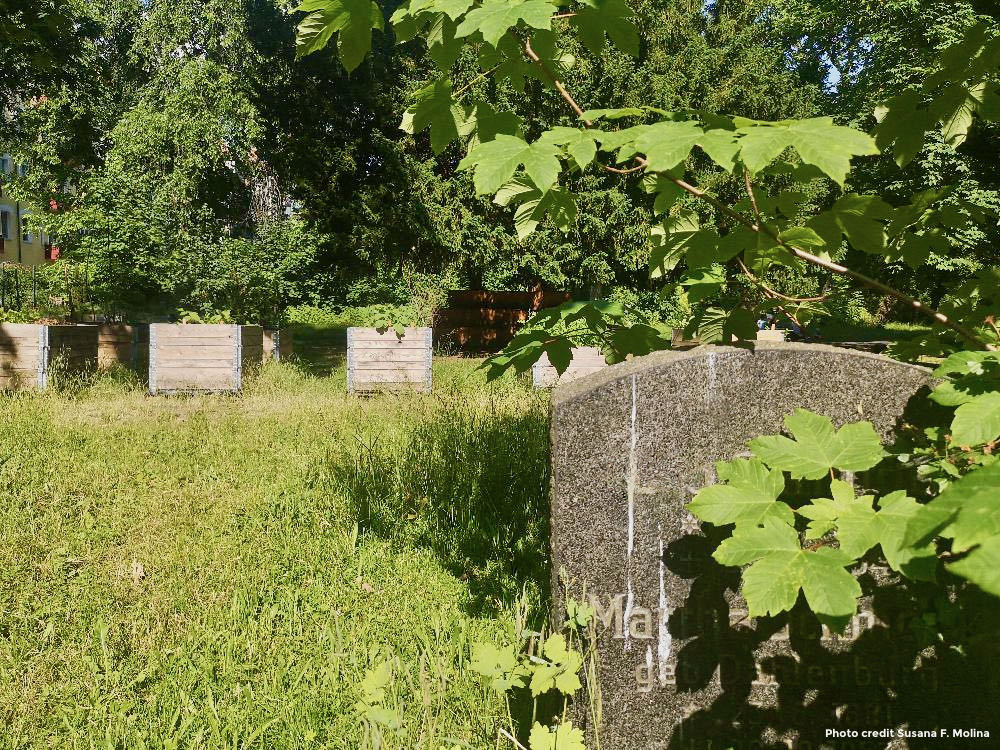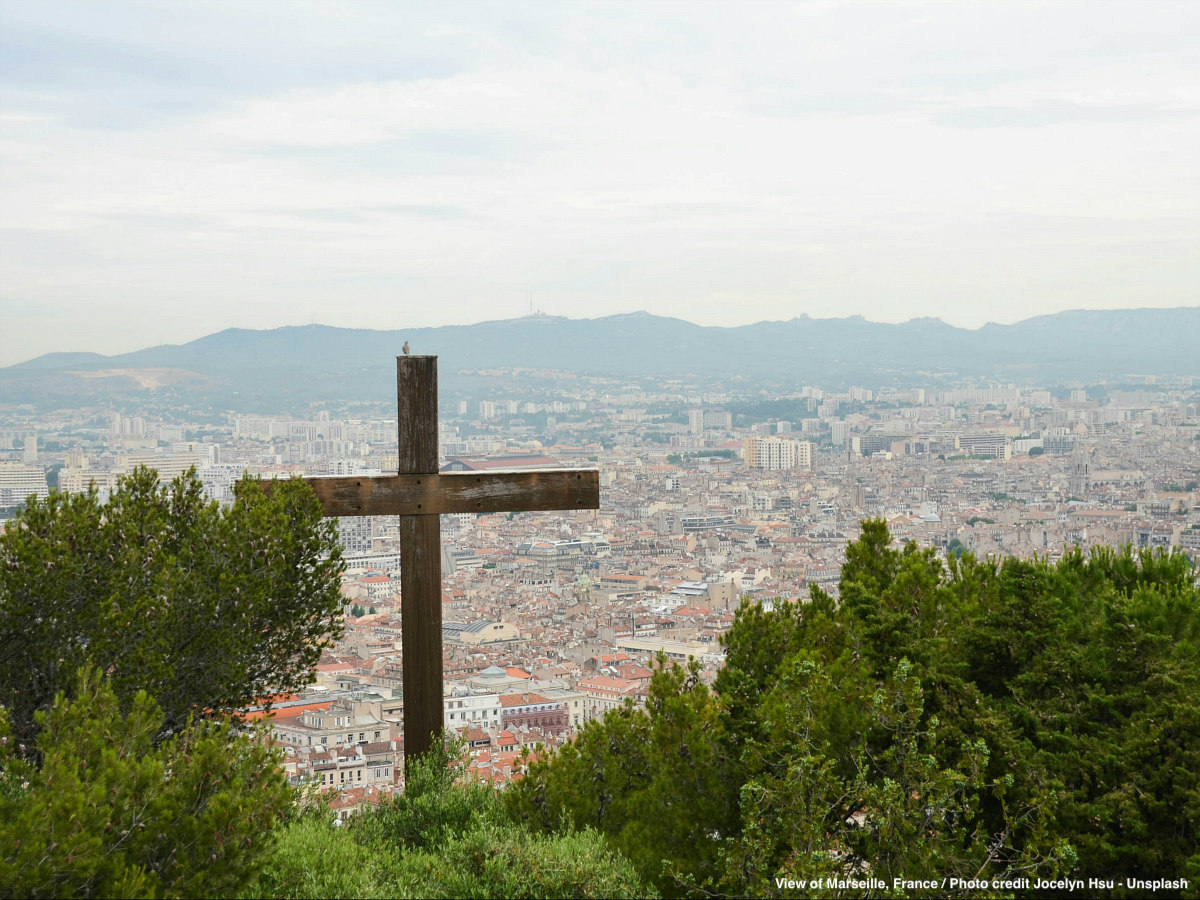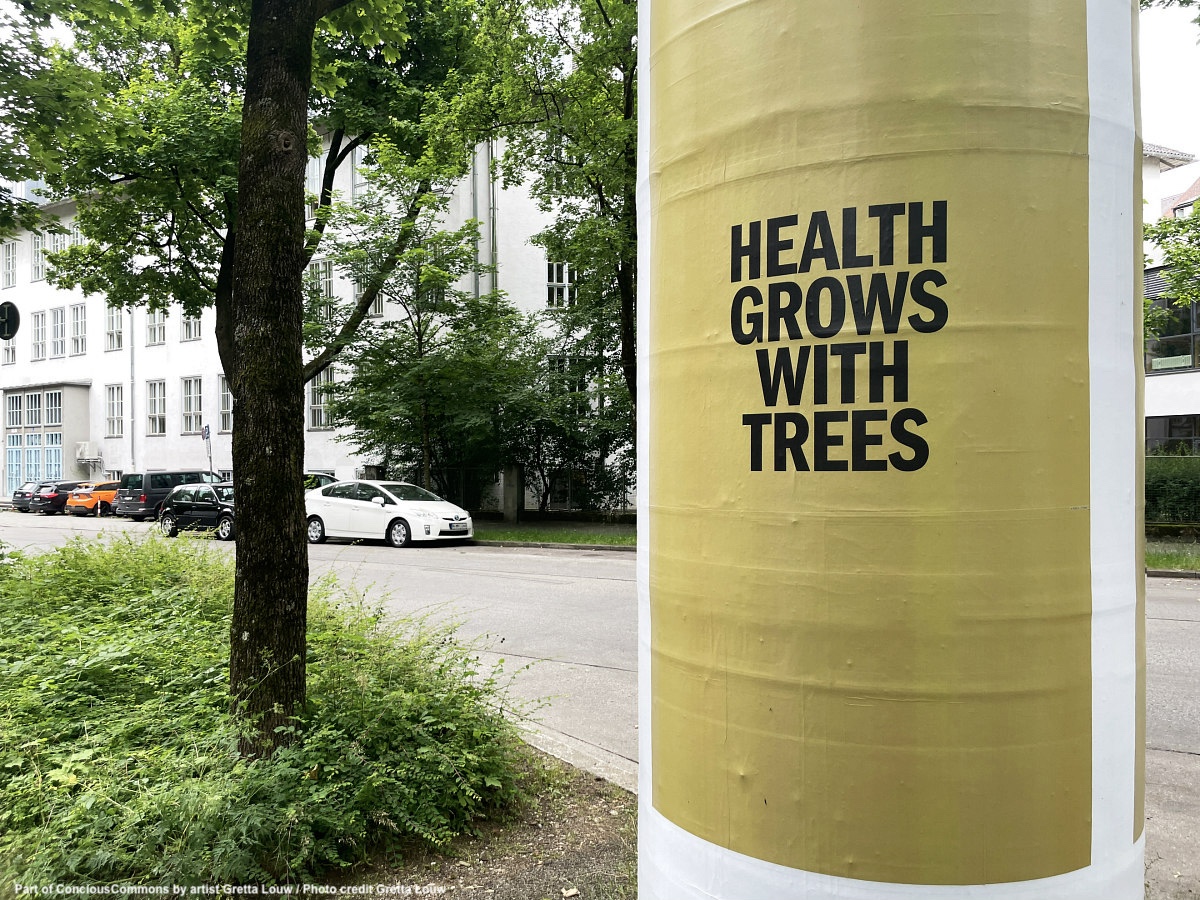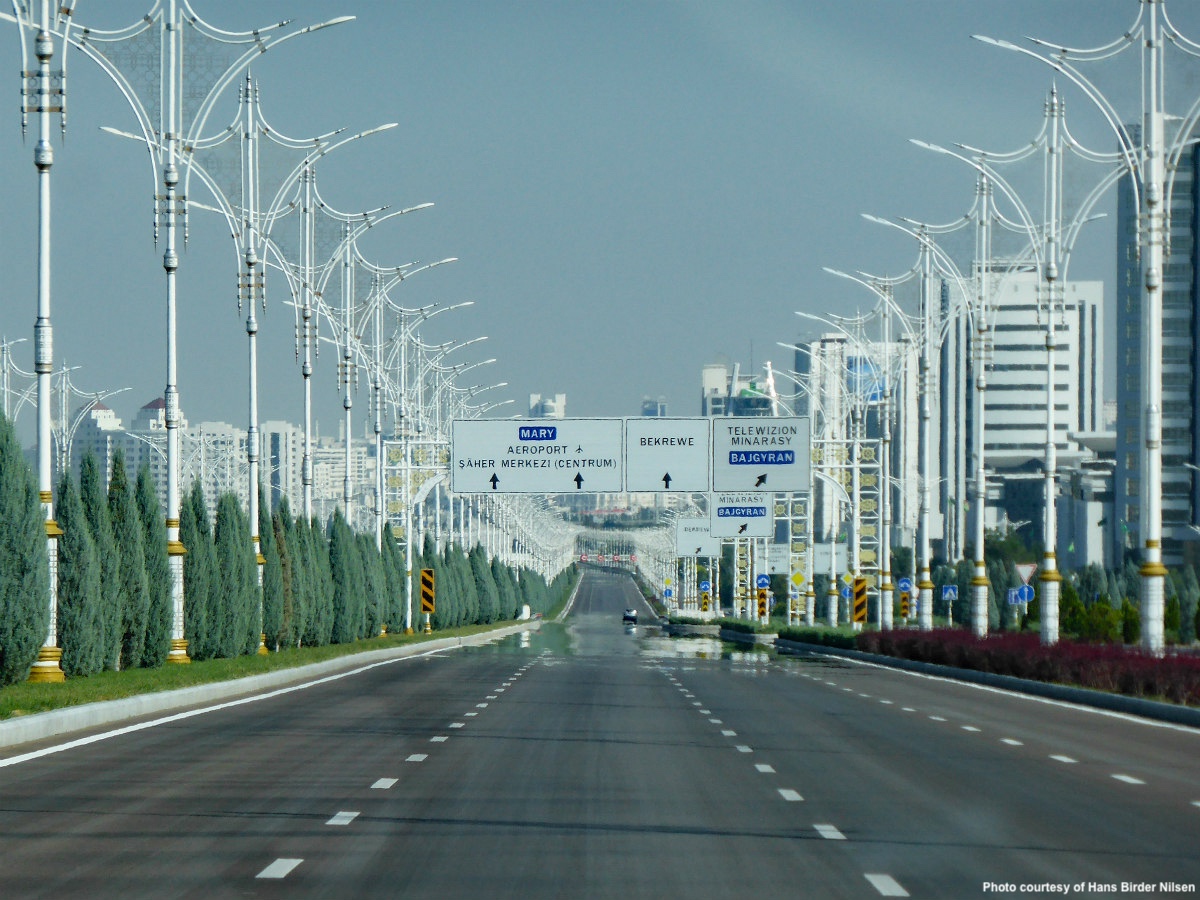In one corner of the Neuen St. Jacobi cemetery in Berlin headstones are piled up and no burials are held any more. No big city has more cemeteries than Berlin, an astonishing total of 202 but 38 have already been closed. As the human population grows, cities around the world are running out of cemetery space, but in Berlin they are going out of business. The time has come to rethink the urban cemetery, which addresses the emotional needs of the individual as well as the environmental imperatives of cities.
Real estate developers might be rubbing their hands on deconsecrated former graveyards but activism is creating new demands for more green public spaces in cities. In New York the sum of its cemeteries equals 5.17 times the size of Central Park.
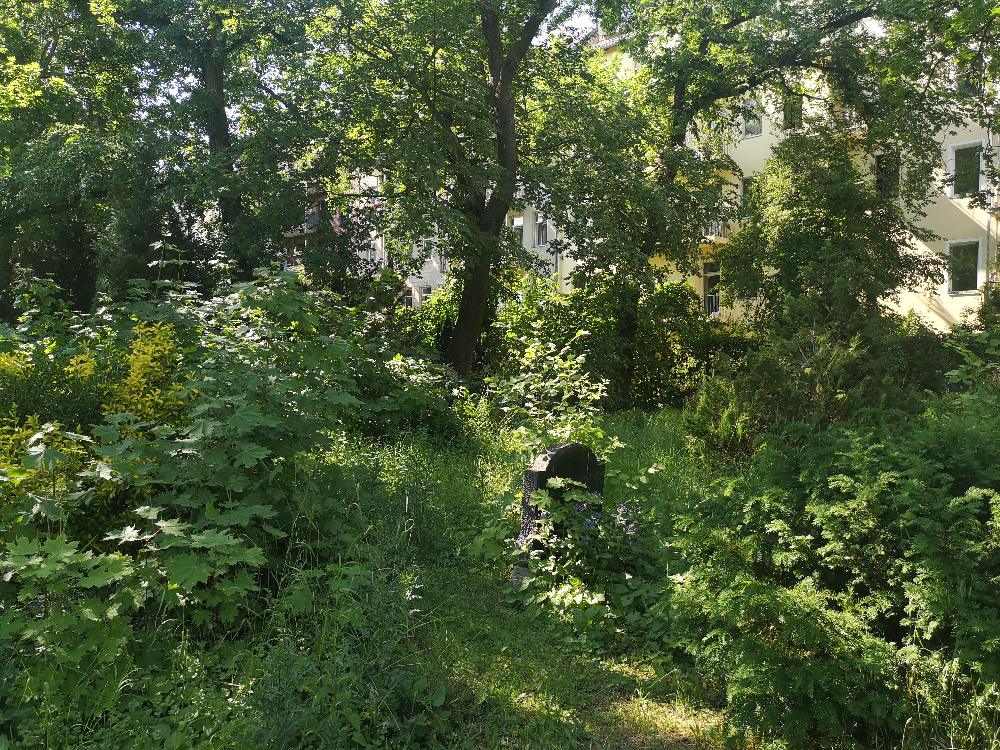
German cities already offer big potential to rethink the urban cemetery. Alternative burial choices that occupy less space and the dwindling importance of religion in society are making cemeteries facing closure. Half of them belong to the church, which has seen devotees cancelling their membership. Altogether more than half a million people officially left the Catholic and Protestant churches in Germany in 2019, meaning that they stop paying the church contribution in their tax returns with the consequence that they can only be buried at state cemeteries.
Recently I met Robert Shaw, a pioneer of urban gardening in the city and one of the founders of the Prinzessinnengarten, at the Neuen St. Jacobi cemetery in Berlin-Neukölln. His urban garden moved in 2019 to the cemetery from a previous plot granted by the city’s government.
Inspired by the most sustainable agriculture system in the world, Shaw founded the Prinzessinnengarten in 2009. During a stay in Cuba, he experienced first hand a homegrown farming revolution in the early nineties in Havana. Due to the on-going US trade embargo and the collapse of the USSR, the country was on the brink of a food crisis. Left with no other alternative, Cubans became guerrilla gardeners in their gardens, parks and rooftops to secure their food supply.
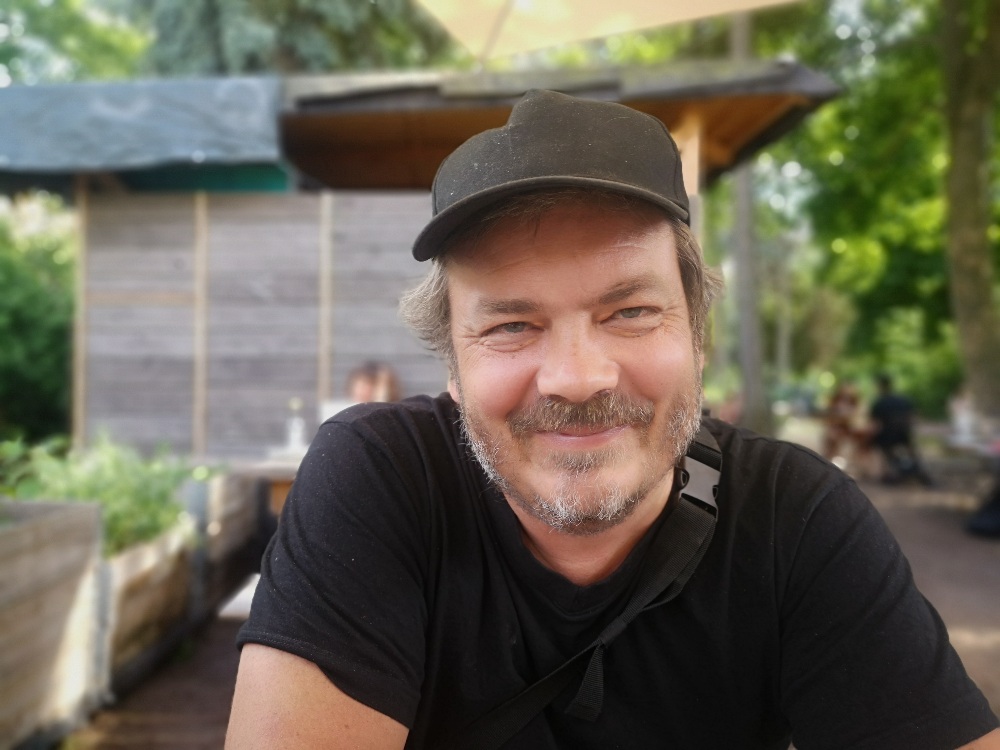
‘I thought we should have these gardens in Germany adjusted to our own reality. It was not about food production and farming knowledge but rather I saw it as a social movement in the public space for human interaction,’ explains Shaw.
The Prinzessinnengarten became a successful bottom up initiative for the community and one of the biggest urban gardens in Berlin. After ten years it ended up showcasing some of the challenges cities face. The garden was fighting for the plot and was often in the media in an attempt to collect signatures to ask for an extension on the contract. It became so popular that it attracted up to 40.000 visitors per year but made it difficult for the community to do their gardening.
We felt defeated by the tourists. When we had to move, we were in a situation where space was no longer available in Berlin, explains Shaw.
Basically only three types of green spaces remain: rooftops, which are difficult to access; public parks, where the city has to agree but is afraid of responsibility issues; and cemeteries.
The Neuen St. Jacobi cemetery owned by the church, and already deconsecrated, immediately agreed to a long-term contract of 30 years for the garden since the current standard lease for a grave is 15 years, Shaw explains. After that either your relatives put in some more cash, or your headstone will be piled up with the others.
Even if urban cemeteries are not needed for burials, they still have to take care of the space and fixed maintenance costs remain high. Shaw’s offer for an urban garden was a perfect match.
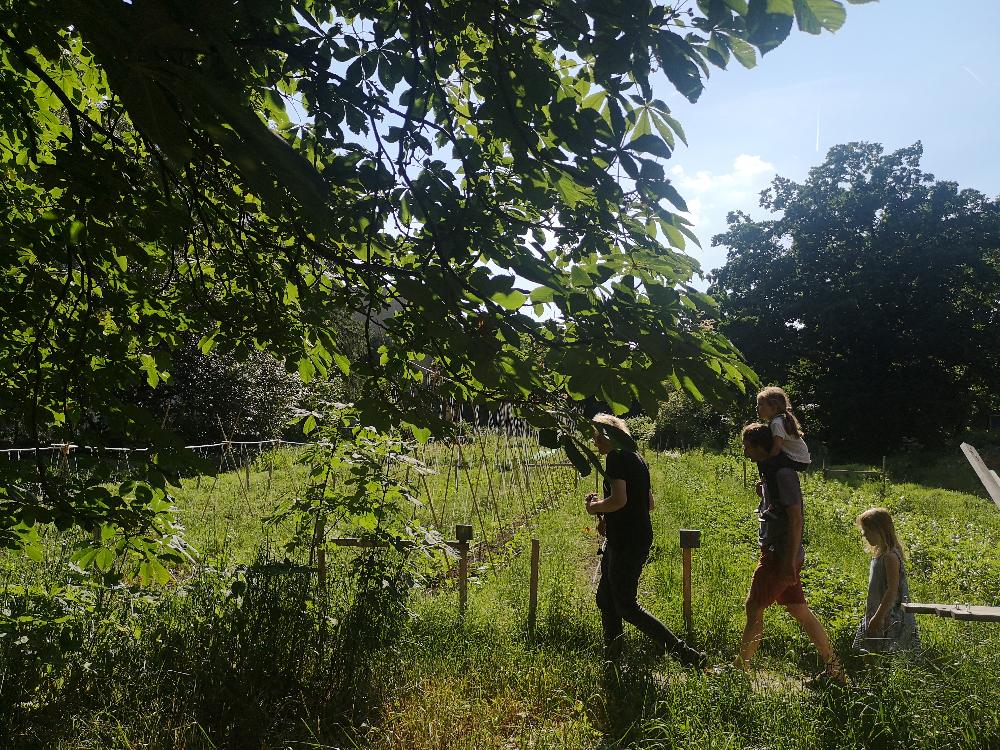
Currently the Prinzessinnengarten spreads through the cemetery, in between classic and slightly dilapidated graveyards with lots of cracked headstones. Exuberant greenery and well-maintained vegetables grow either in raised beds or soil, distributed at three different spots.
I saw almost no visitors to the remaining graveyards but neighbours were coming and going with wheelbarrows and shovels, taking care of their harvest, sitting in the sun and enjoying the greenery. There are also bee hives, bee hotels and native plants which support the biodiversity of this peaceful space. Everything runs smoothly.
In a way Shaw’s move has normalized death, creating a green space which promotes community interaction and remembrance in the context of sustainability and urban farming. While research on natural burial methods aim at reducing the impact on the environment creating new avenues for the dead, he is considering how to activate these spaces entangled with crowded cities.
Currently Shaw is running the garden with seven other co-founders and a great number of volunteers. Members just pay a symbolic contribution of 20€ per year because what they do in the garden should not be connected to money. The garden is 80% self-financed through the restaurant at the entrance and the consulting work, which the founders do outside to help build and maintain other participatory urban gardens at schools, companies, refugee homes taking into account all the social components of the space. From time to time they are also asked by the district authorities to organize social gardening in parks and talk about urban gardening.
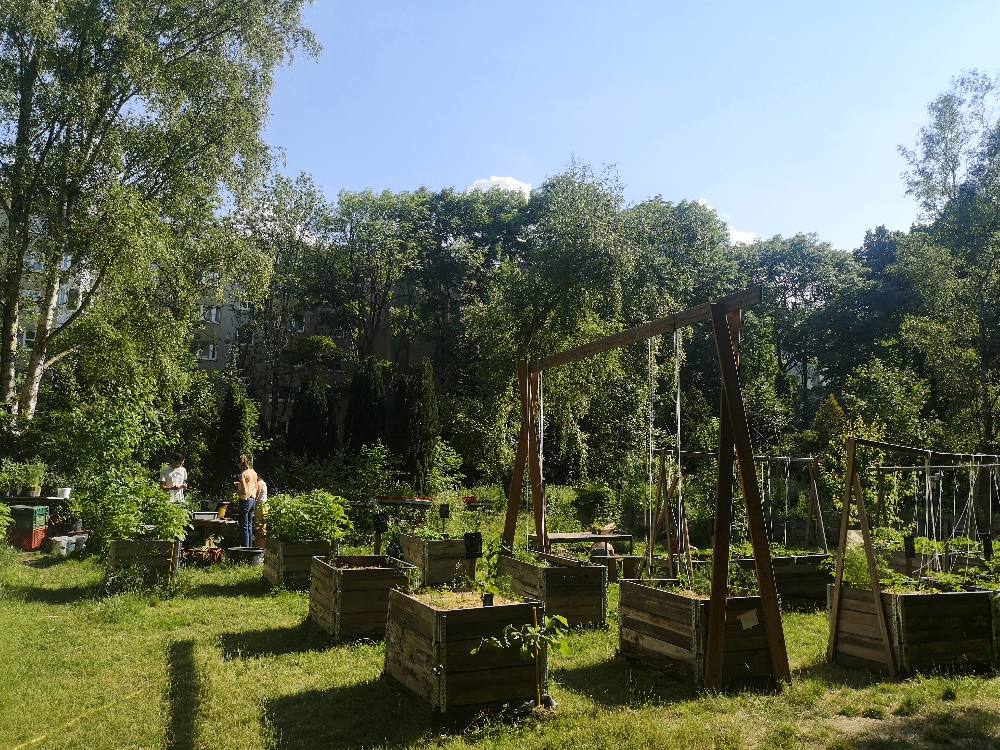
The founders try to maintain a healthy democratic balance between the economics of paid work outside the garden and running the garden with voluntary work. This model allows them to be independent from government funding budgets so that their work doesn’t become politically motivated.
Urban gardening has always been present in cities in different ways. But now it has arrived in the academic discourse, threatening that its future will become institutionalized, says Shaw.
‘There is a lot of pressure for the small gardens and at times they could be overwhelmed by those institutions. We have to work together without losing our spirit. There is always disagreement among urban gardeners if it is all about soil, or education, etc. But it is good to have that conversation because it keeps gardens lively. I don’t see the need to try to do a roof for all.’
In addition, Shaw urges administrations to be more flexible and define truly free space in the city, arguing that urban gardens need contracts longer than the five years granted by the state if they want to preserve the lively participatory spirit of a community garden.
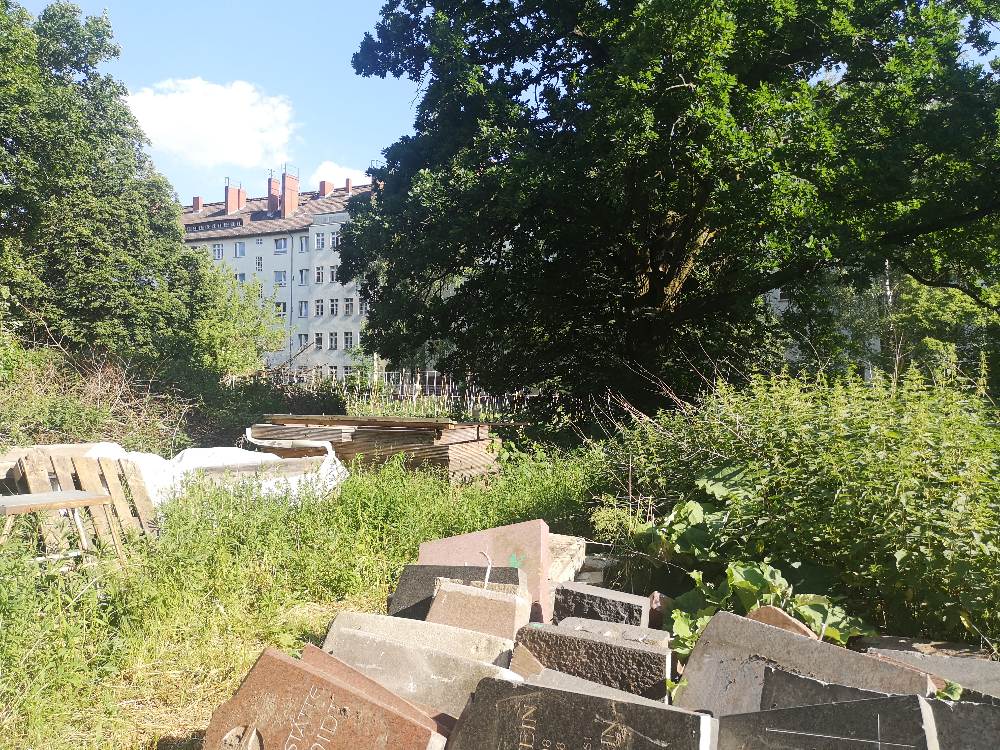
A change in the mourning culture in Germany is already on the way and could be part of the urban gardening transformation. While urban practitioners and researchers have to rethink solutions for ecologically urban mortuary practices, urban gardens can take care of cemeteries’ afterlife in favour of a sustainable city. Then death is forever.
